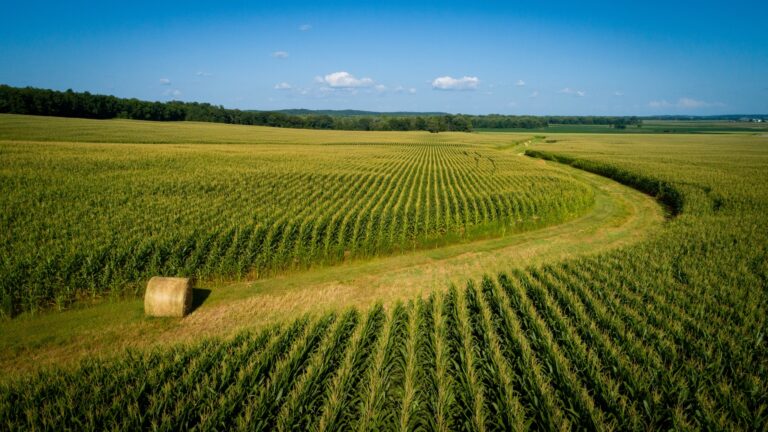2022 November Stewardship Advocate
Happy Thanksgiving! Here are some post-harvest considerations.
The arrival of colder weather has many farmers busy with fall nitrogen applications. However, it’s important to keep in mind that due to drought conditions, nitrogen levels in Iowa’s soils are likely high since the soil retains more nitrogen during drought.
As a result, we encourage you to test your soil to account for the nitrogen that wasn’t removed by the crop. For example, if you fertilized for a 250-bushel corn crop and only harvested 200 bushels per acre, your crop didn’t use all the nitrogen you applied. You may have the opportunity to save some money by reducing nitrogen rates or with more targeted spring or in-season applications. And always use a nitrogen stabilizer.
Farmers are making progress on adopting practices for water quality, but more work needs to be done. The US Geological Survey reports that the flow weighted 5-year moving average total nitrogen load has steadily declined since 2009 and the size of the hypoxic zone has gotten smaller over the past 5 years. Solving the problem of the gulf hypoxic zone requires a multi-year commitment.
According to Iowa Nutrient Research and Education Council, the measurement of application and practices in Iowa has shown that the nitrogen load has not decreased over the last 5 years. Continued adoption of cover crops, bioreactors, and other nitrogen reduction practices will be needed in the future.
The Iowa Department of Agriculture and Land Stewardship announced farmers and landowners can again apply for a $5 per acre crop insurance discount for cover crop acres. Sign up for the program begins Dec. 1.
Lastly, Iowa State University Extension and Outreach has published a new resource called “Measuring Soil Organic Carbon: A Crucial Iowa Resource.” This four-page guide defines soil organic carbon, how it’s measured, and the roles it plays in agriculture and the environment. You can download a free copy at this link.
LATEST INFORMATION:
Northern Gulf of Mexico Hypoxic Zone | US EPA
2022 EPA Nutrient Reduction Memorandum | US EPA
UPCOMING EVENTS:
November 29 – Iowa Learning Farms No-Till and Cover Crop Field Day – Greenfield
December 1 – Farming For The Future Conference – Ankeny
December 1 – 33rd Integrated Crop Management Conference – Ames
December 1 – Iowa Learning Farms Cover Crop, Relay Cropping, and No-Till Workshop – Winterset
December 9 – Virtual Field Day Utilizing Drainage Water Recycling To Improve Water Quality and Manage Weather Risk – Online
December 14 – Highlights from a Decade of INRC Research & Impacts: Modeling – Online
December 15 – Virtual Field Day From Nuisance to Asset – Establishing Saturated Riparian Forest Buffers on the Landscape – Online
December 20 – Remote Sensing Technology Development to Aid Conservation. Online
FARMER TO FARMER VIDEO
Iowa farmer Dean Sponheim shares how successful entrepreneurs capitalize on conservation trends and opportunities to make more money.
